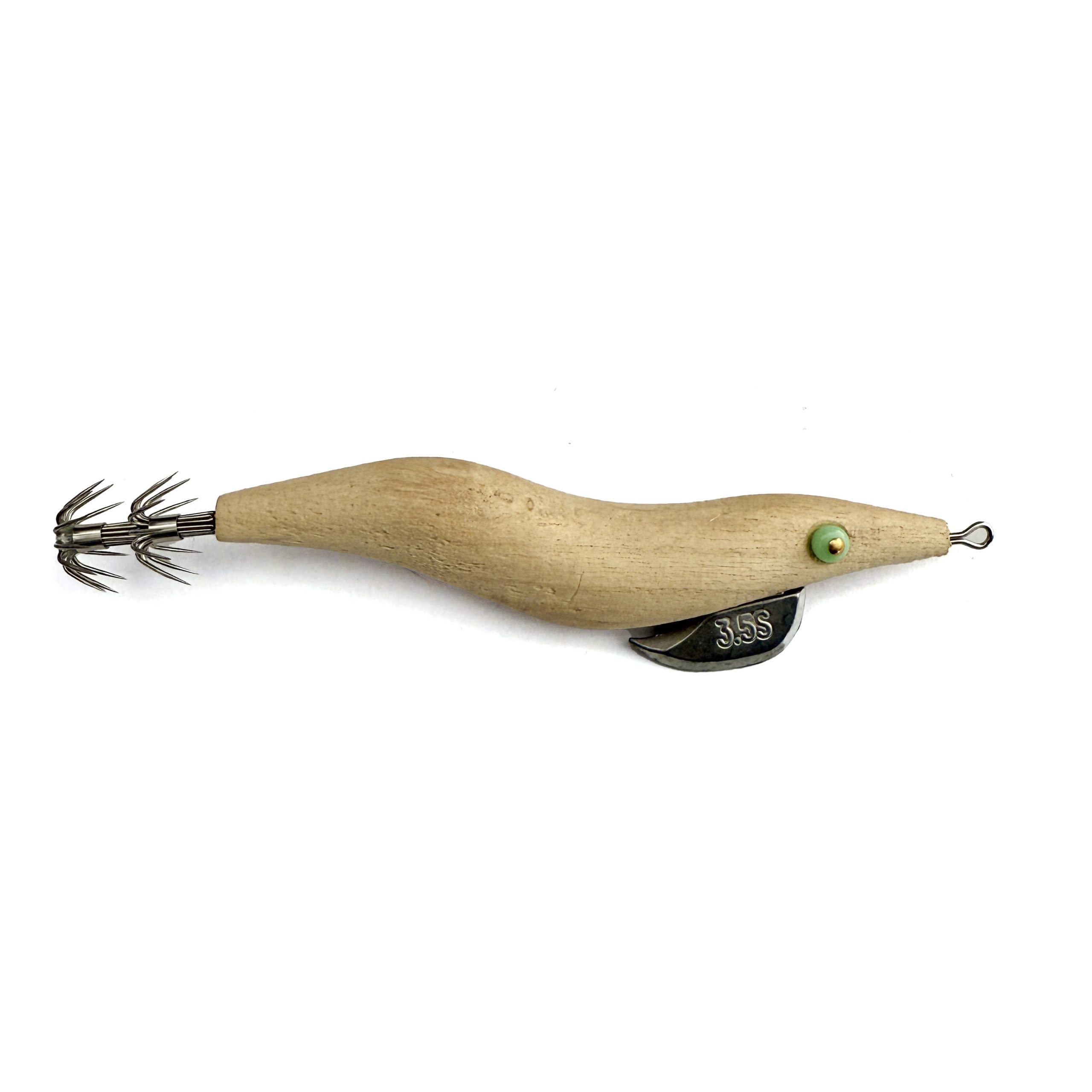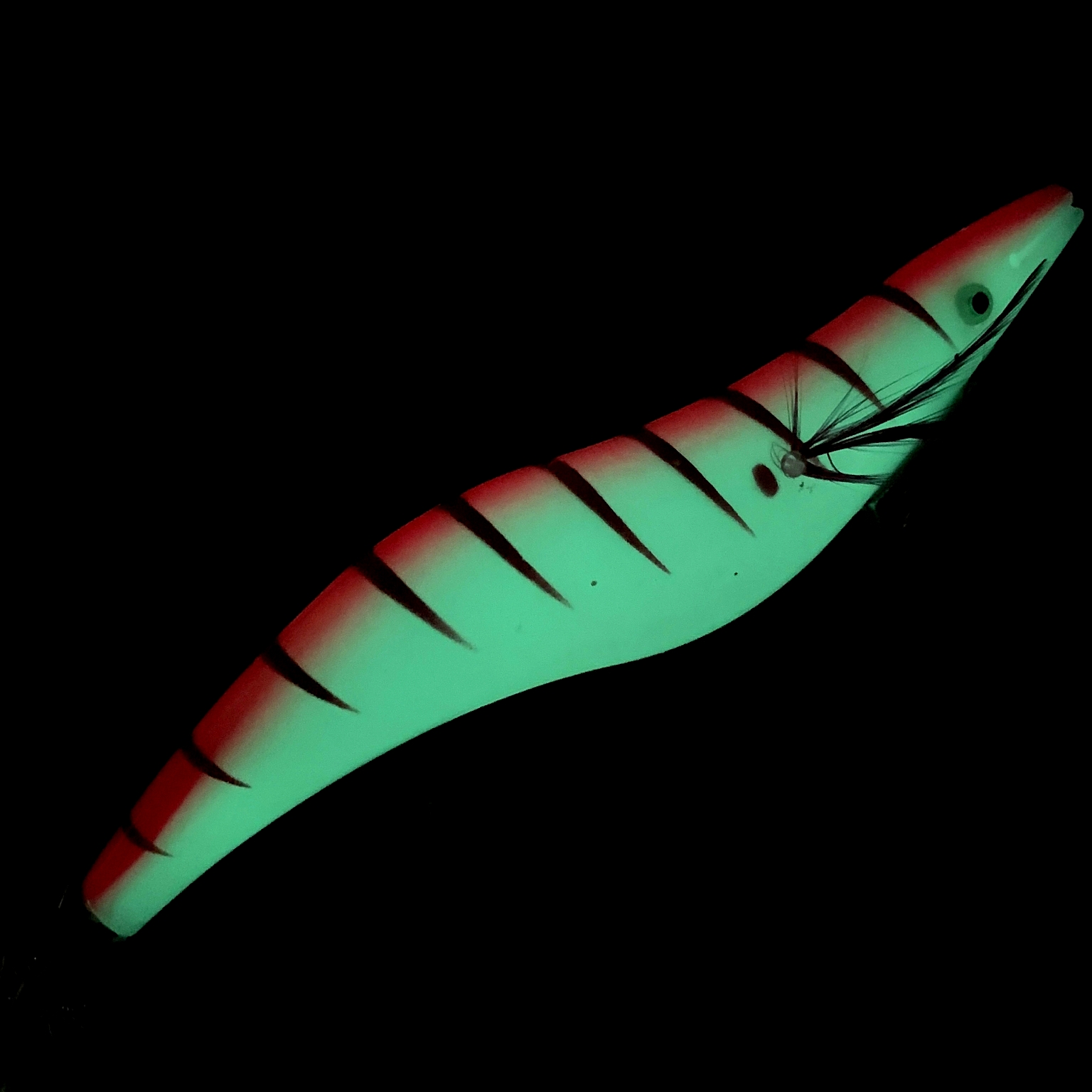Ultimate Guide to Wooden Shrimp Fishing Lures: Best Shrimp Bait & Effective Shrimp Lure Tips

Wood material
Using the whole piece of wood for integrated processing

plastic material
Made of plastic material
Advantages of making wooden shrimp with wood material
1. Natural Buoyancy & Lifelike Action
2. Eco-Friendly & Biodegradable
3. Durability & Repairability
4. Enhanced Acoustic Attraction
5. Customization Potential
Advantages of making wooden shrimp with plastic material
1. Precision Buoyancy Control
By adjusting plastic density (PVC/ABS) and internal weight chambers, lures achieve exact suspending/slow-sink actions, ideal for targeting species at specific depths (e.g., bass striking mid-water, bottom feeders).
2. Extreme Environment Resistance
Corrosion-proof: Engineering plastics (e.g., nylon blends) resist saltwater corrosion 3x longer than natural wood, avoiding swelling or warping.
Impact resistance: ABS plastic withstands reef collisions, reducing snag-related losses.
3. Hyper-Realistic Action & Tech Integration
3D articulating joints: Multi-hinge designs (e.g., VMC dual rings) enable 360° tail swings, outperforming wooden lures’ physical limits.
Sight-sound combos: BB rattles + UV-reactive coatings + micro-LEDs boost nighttime strikes by 70% (field-tested).
4. Ultra-Detailed Visual Realism
HD printing: UV transfer tech replicates shrimp veins, speckles, and textures for unmatched visual deception.
Colorfast durability: Epoxy-coated plastics retain hues for 200+ hours of immersion vs. wooden lures’ fading issues.
5. Lightweight & Long-Distance Casting
Plastic lures weigh 30% less than wooden counterparts. Paired with hydrodynamic shapes, they achieve 15-20m longer casts—perfect for shore anglers covering vast areas (e.g., jetty fishing for blackfish).